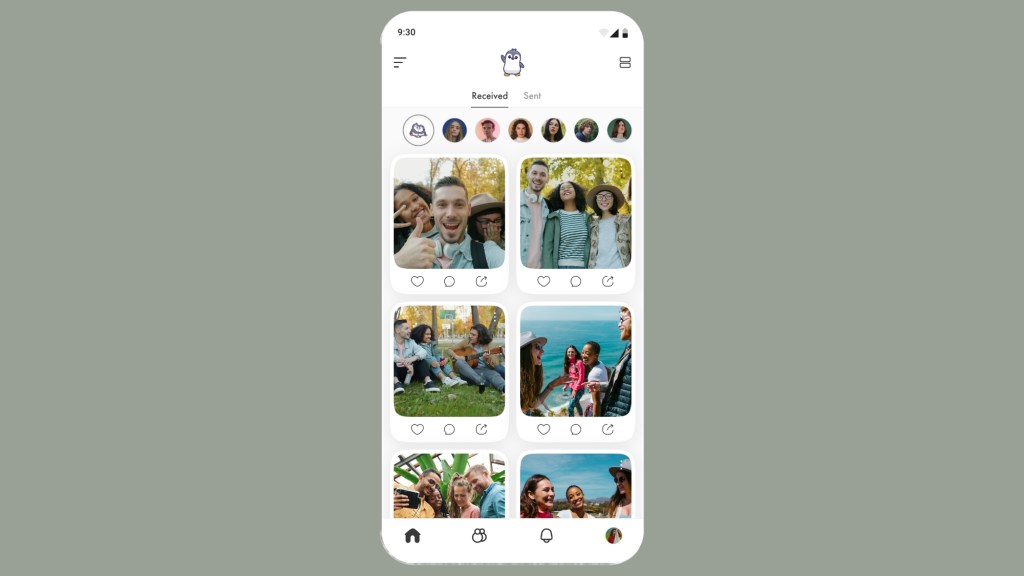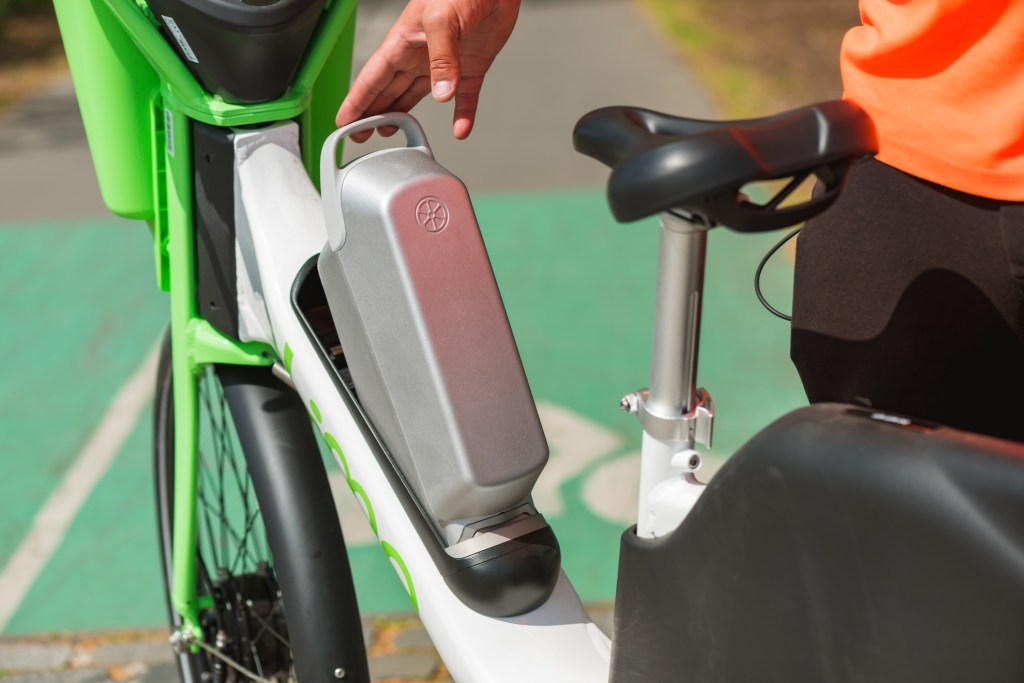In recent years, the landscape of photo-sharing applications has evolved significantly, with platforms like Instagram becoming increasingly curated. This shift has paved the way for new apps that prioritize unfiltered, spontaneous sharing. Notable examples include Locket, which utilizes lockscreen-based sharing, Retro’s approach to photo journaling, and Yope’s focus on private group interactions.
Building upon this trend, Mayank Bidawatka, co-founder of the Indian social network Koo, has introduced PicSee, a novel photo-sharing application designed to streamline the sharing process by automatically detecting and distributing photos of friends from a user’s camera roll. This innovation eliminates the need for traditional messaging platforms like WhatsApp or Instagram for photo sharing.
Background on Koo and Its Transition
Koo, launched in 2018, aimed to provide a localized social networking experience, supporting multiple regional languages to cater to India’s diverse population. Despite securing over $60 million in funding from prominent investors such as Accel and Tiger Global, Koo faced challenges in expanding its user base and generating sustainable revenue. In July 2024, after unsuccessful acquisition talks with media startup Dailyhunt, Koo announced its shutdown. This closure provided Bidawatka with the opportunity to explore new avenues in the social media landscape, leading to the development of PicSee.
Introducing PicSee: Features and Functionality
Released on October 15, 2025, PicSee is available for both iOS and Android platforms. The app leverages advanced on-device facial recognition technology to scan a user’s photo gallery, identifying images that feature their friends. This process addresses a common issue where individuals possess numerous photos of their friends that are never shared, either due to forgetfulness or the cumbersome nature of manual sharing.
How PicSee Works
1. Friend Detection and Sharing Requests: Users can send sharing requests to friends who are also on PicSee. Upon acceptance, the app compiles and sends an initial batch of photos featuring the friend.
2. Automated Photo Sharing: Subsequently, PicSee detects new photos of the friend in the user’s camera roll and prompts the user to share them. If the user does not act within 24 hours, the app automatically sends the photos, ensuring timely sharing without manual intervention.
3. Review and Recall Options: Before automatic sharing, users have the opportunity to review and exclude specific photos. Additionally, if a user decides to retract a shared photo, PicSee allows for recall, removing the image from the recipient’s app.
4. Local Storage and Privacy Controls: All photos are stored locally on the user’s device within PicSee’s storage. Users can choose to download these images to their device’s main storage. Importantly, PicSee does not store any photos in the cloud, enhancing user privacy.
Privacy and Security Measures
PicSee places a strong emphasis on user privacy and data security:
– On-Device Processing: Facial recognition and photo analysis occur entirely on the user’s device, ensuring that sensitive data does not leave the device.
– Encrypted Connections: When photos are shared, PicSee establishes encrypted connections to protect data during transmission.
– Content Moderation: The app includes filters to detect and block Not Safe For Work (NSFW) content, maintaining a safe environment for all users.
– Screenshot Prevention: To further protect user privacy, PicSee implements measures to block screenshots within the app.
Challenges and Market Position
PicSee’s innovative approach to photo sharing is not without challenges. The app’s automatic sharing feature is particularly suited for close relationships, such as family members, partners, or best friends. However, users may be hesitant to enable such features with a broader circle of acquaintances. This selectivity could limit the app’s adoption, as many individuals already use established platforms like WhatsApp, iMessage, Instagram, and Snapchat for photo sharing. Convincing users to transition to PicSee for a relatively small group of close contacts may prove challenging.
Additionally, while PicSee excels in identifying and sharing photos of friends, it does not currently address scenarios where users wish to share event-specific photos with multiple attendees, such as at concerts, weddings, or parties. Recognizing this limitation, the development team is actively working on enhancing social engagement features.
Future Developments and Enhancements
To broaden its appeal and functionality, PicSee plans to introduce several new features:
– Chat Functionality: The app already includes a chat feature that allows individuals featured in a photo to leave comments, fostering interaction and engagement.
– Album Management: Upcoming updates will enable users to create and manage photo albums, suggest albums to friends, and remove duplicate images, enhancing organization and user experience.
– Cloud Integration: PicSee aims to integrate with popular cloud storage services like Google Photos and iCloud, providing users with seamless access to their photo libraries.
– Video Recognition: Leveraging its facial recognition technology, PicSee plans to extend its capabilities to videos, allowing for automatic detection and sharing of video content featuring friends.
Funding and Company Background
PicSee is developed by Billion Hearts, a company that secured $4 million in funding in 2024. The funding round was led by Blume Ventures, with participation from General Catalyst and Athera Ventures. This financial backing underscores investor confidence in PicSee’s potential to redefine personal photo sharing.
Conclusion
PicSee represents a significant advancement in the realm of photo-sharing applications, offering a solution that combines automation with user-centric privacy controls. By addressing common pain points associated with manual photo sharing, PicSee has the potential to enhance how individuals share and experience memories with their close friends and family. As the app continues to evolve and introduce new features, it will be interesting to observe its impact on the competitive landscape of social media and photo-sharing platforms.



